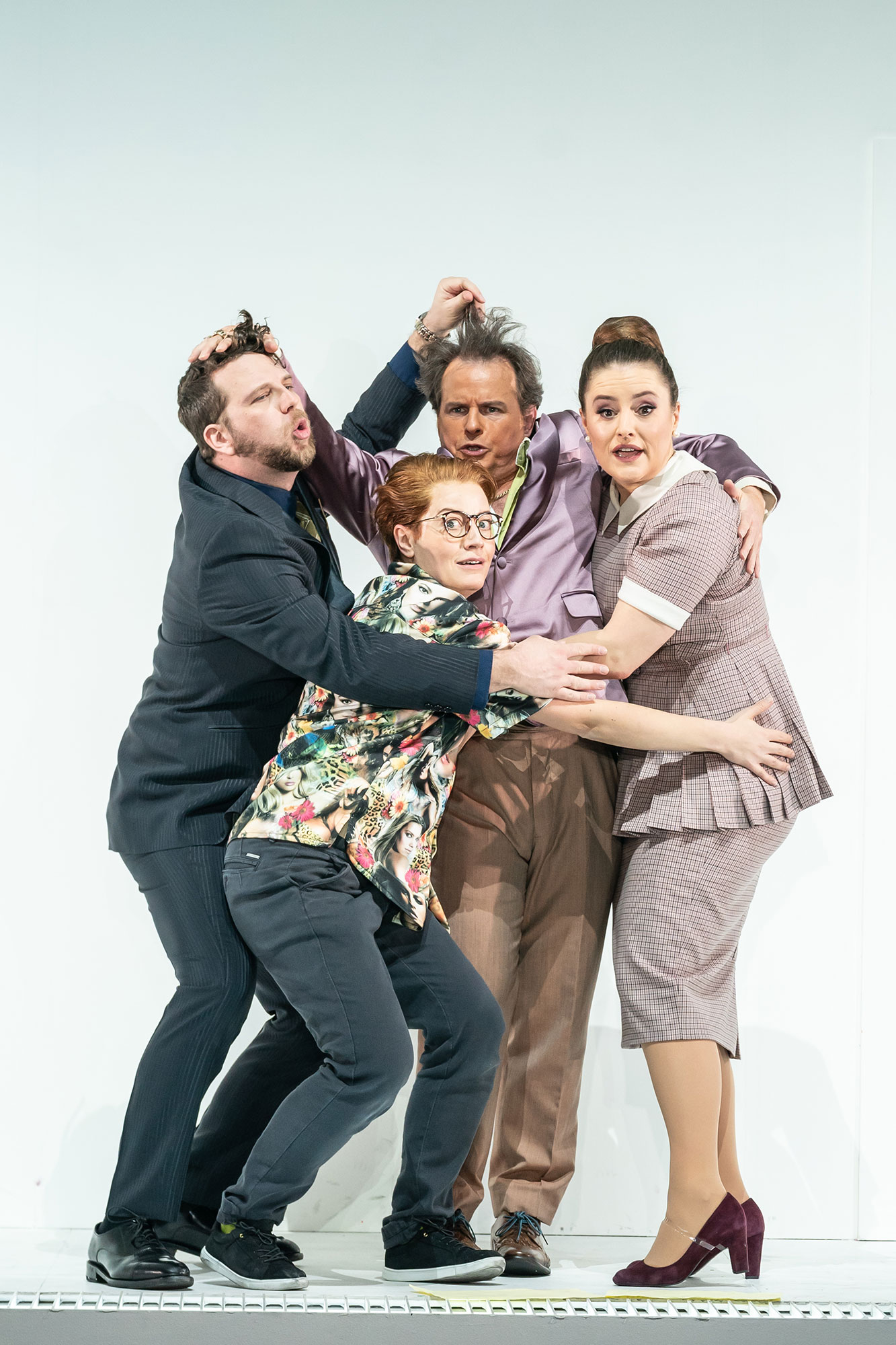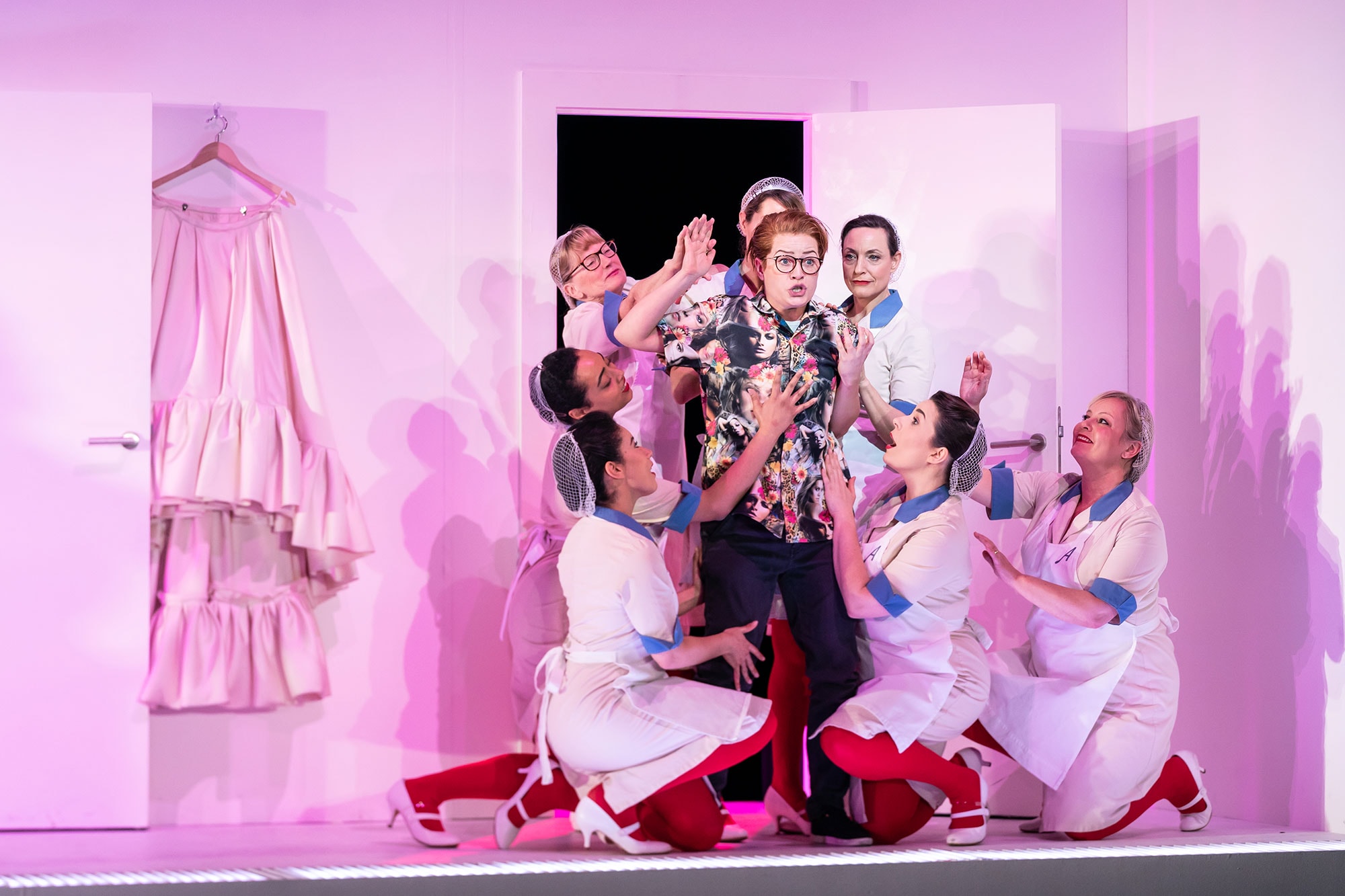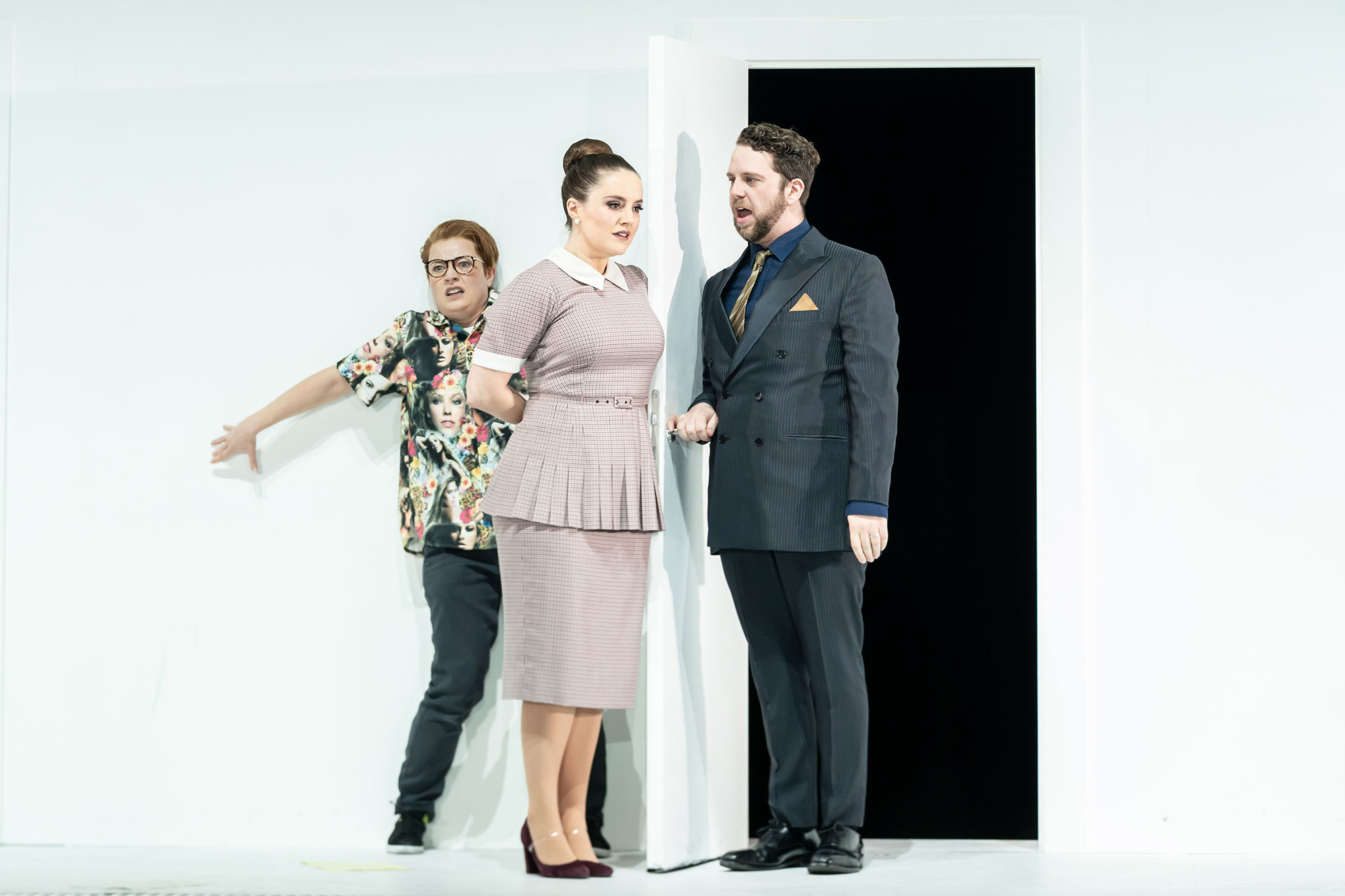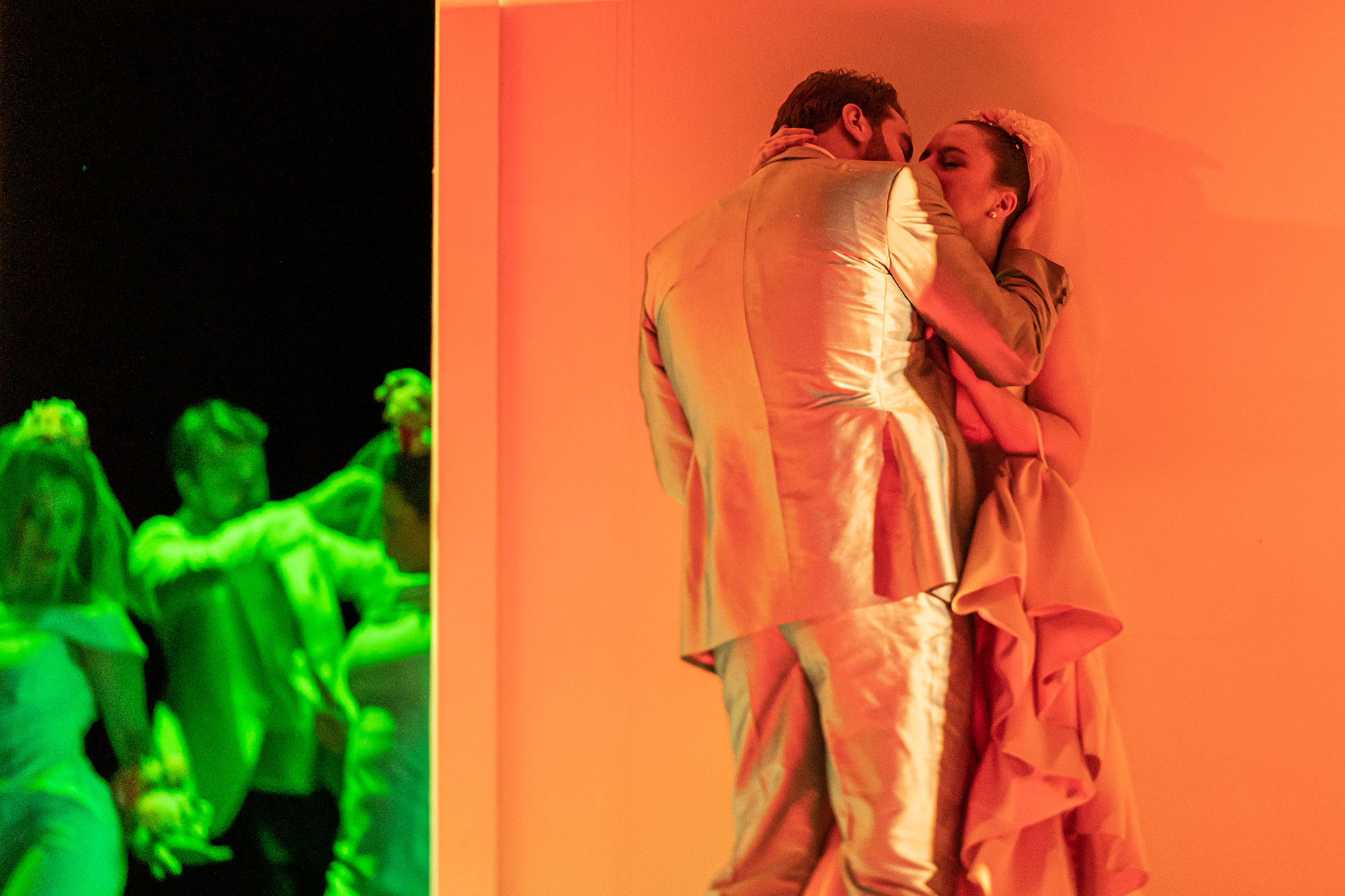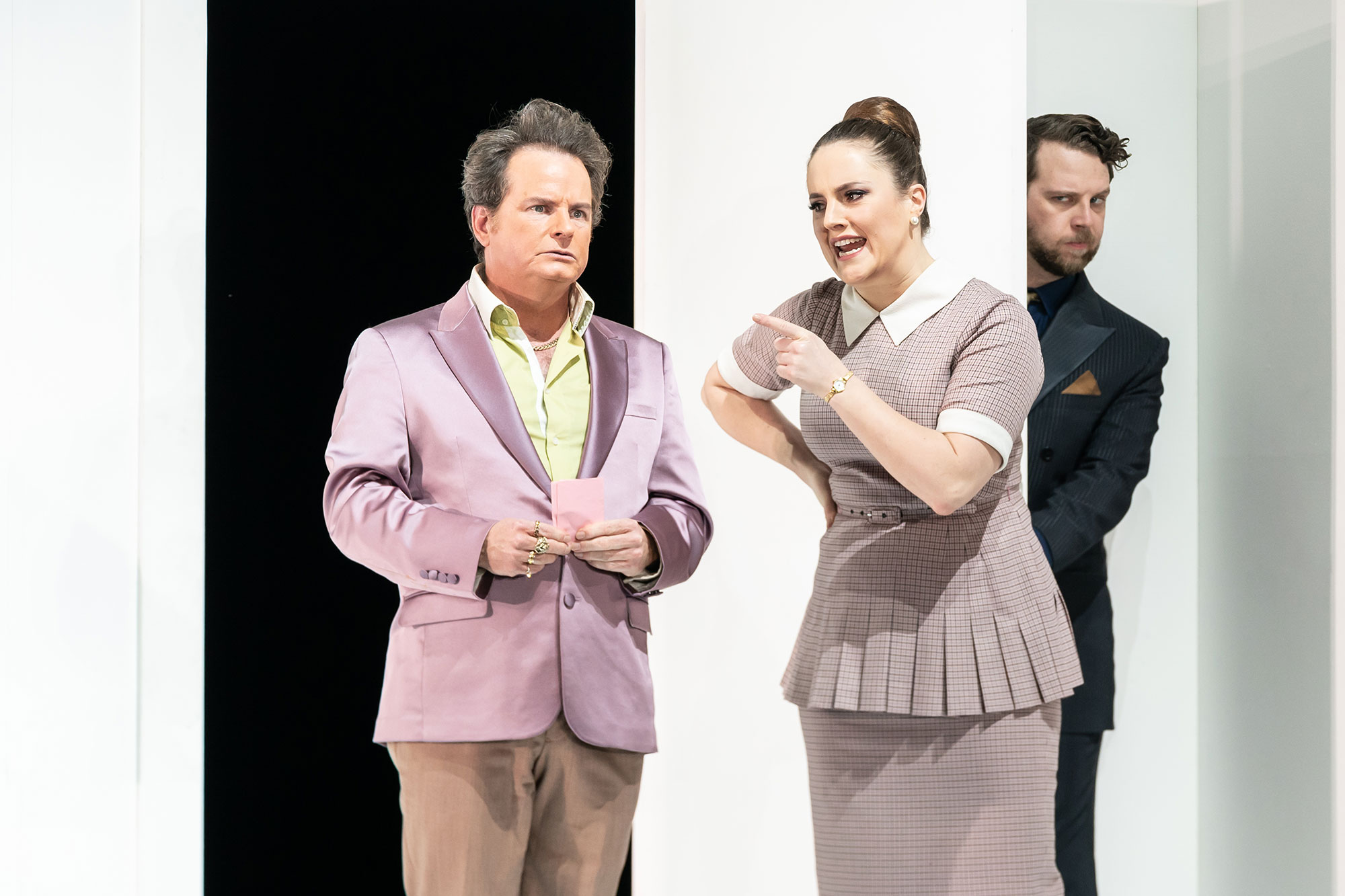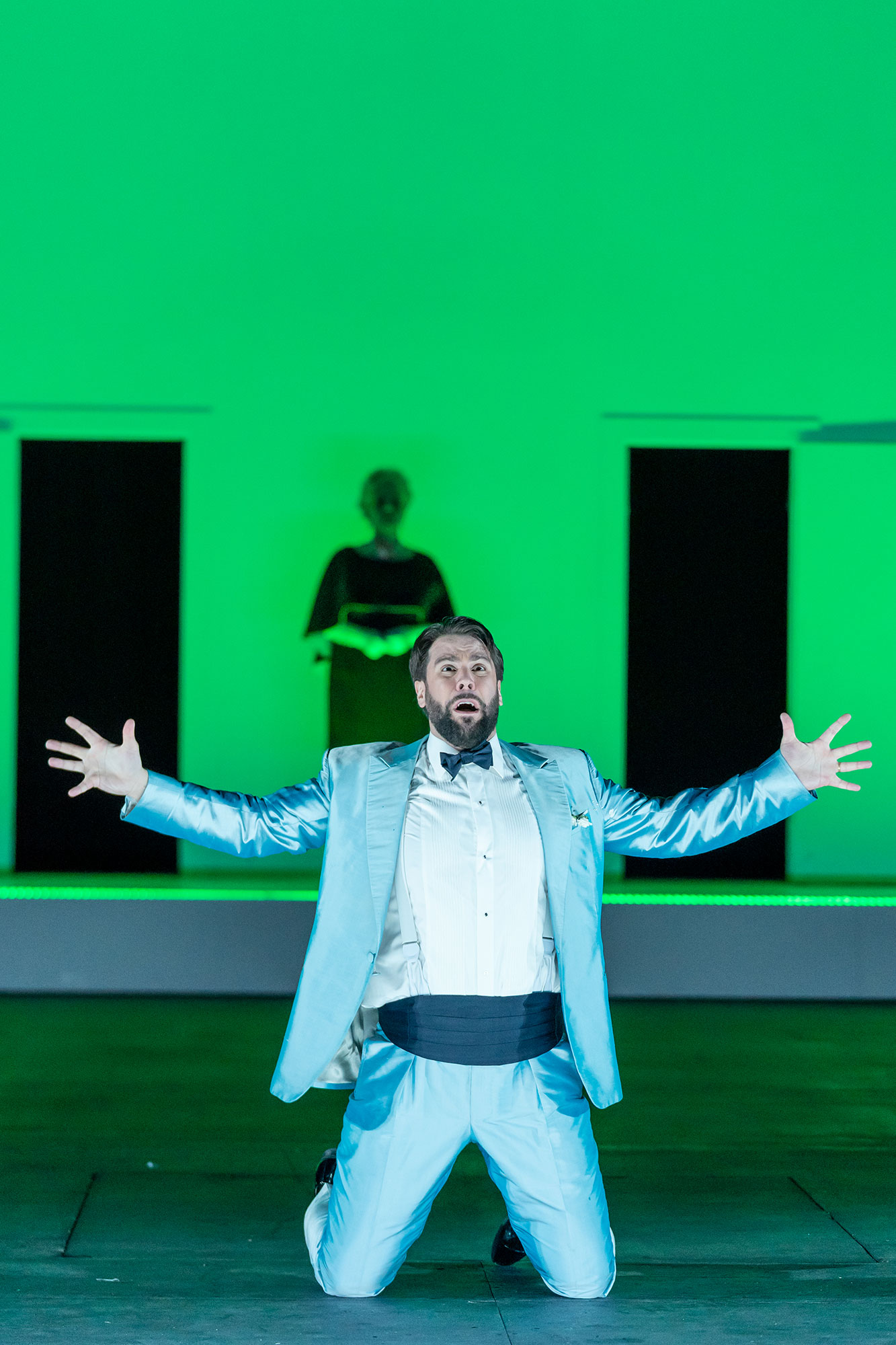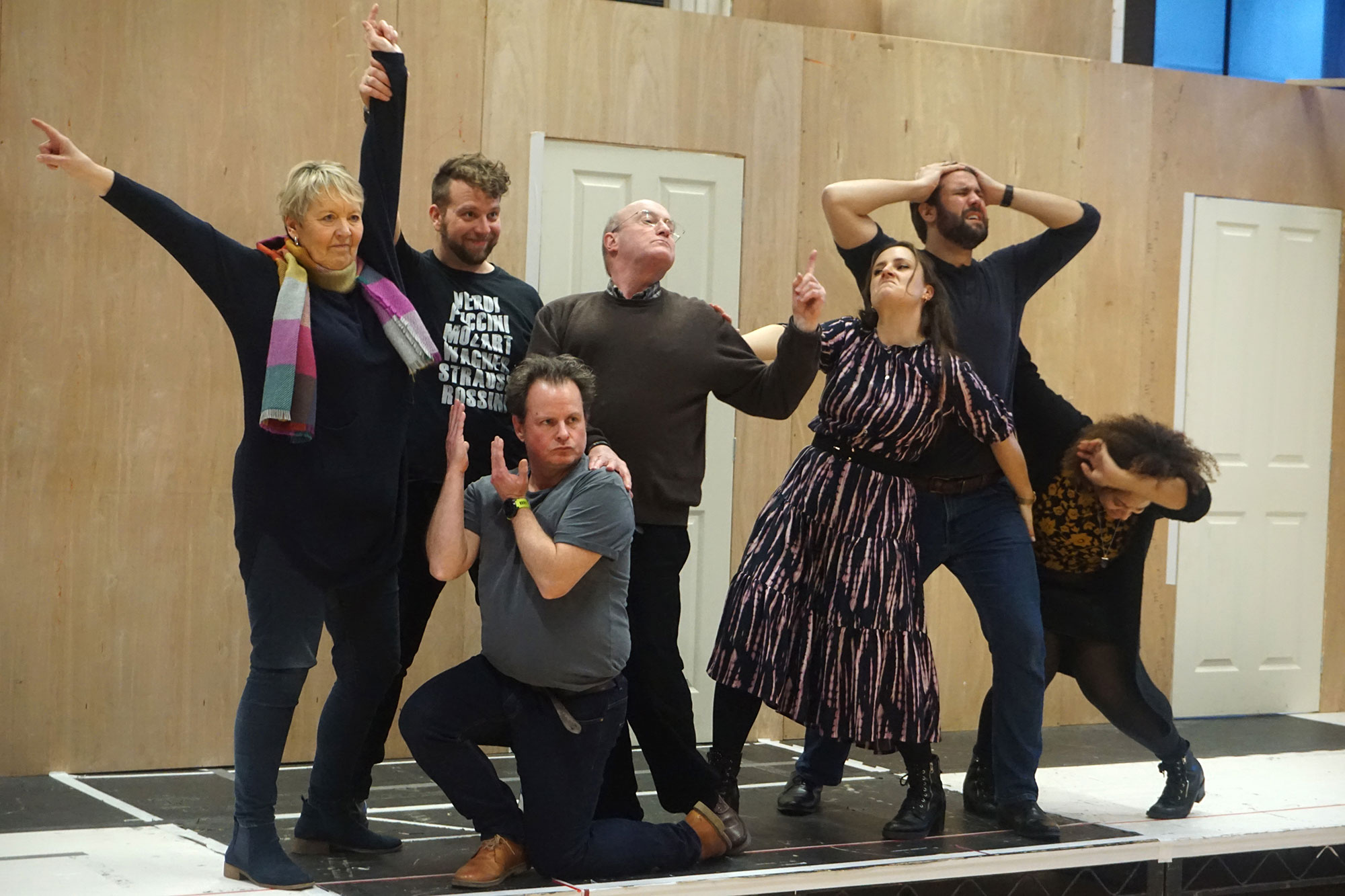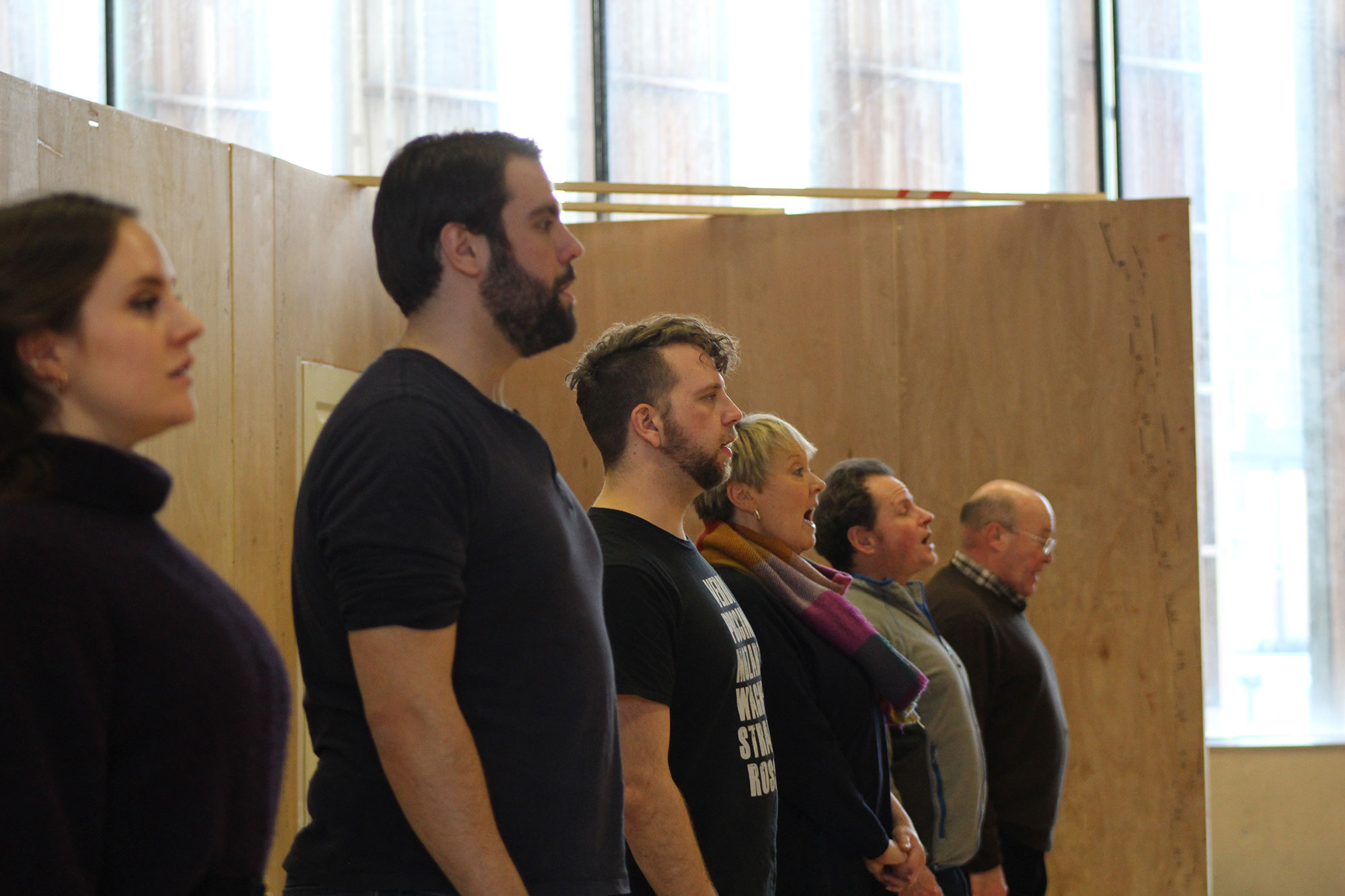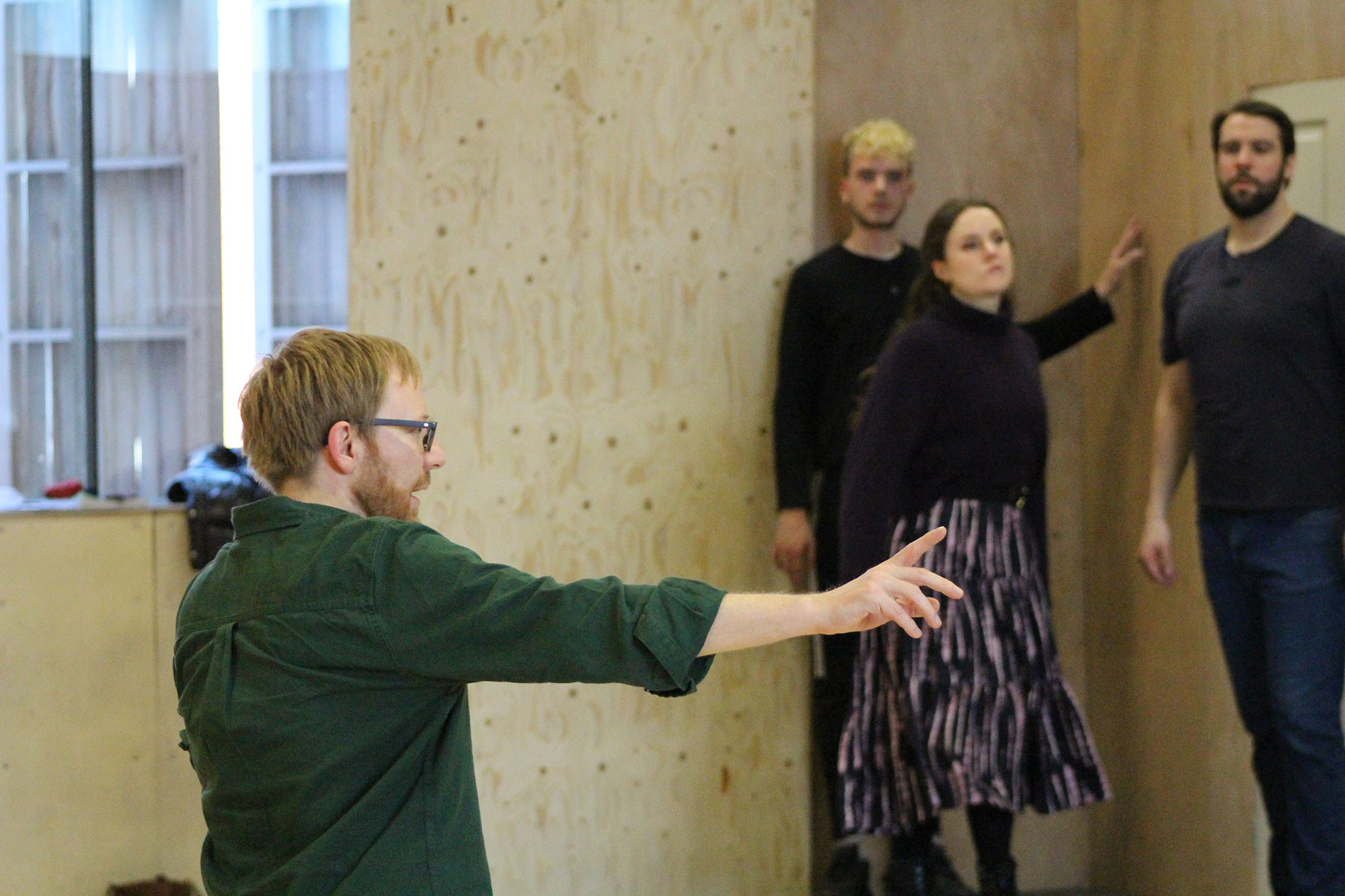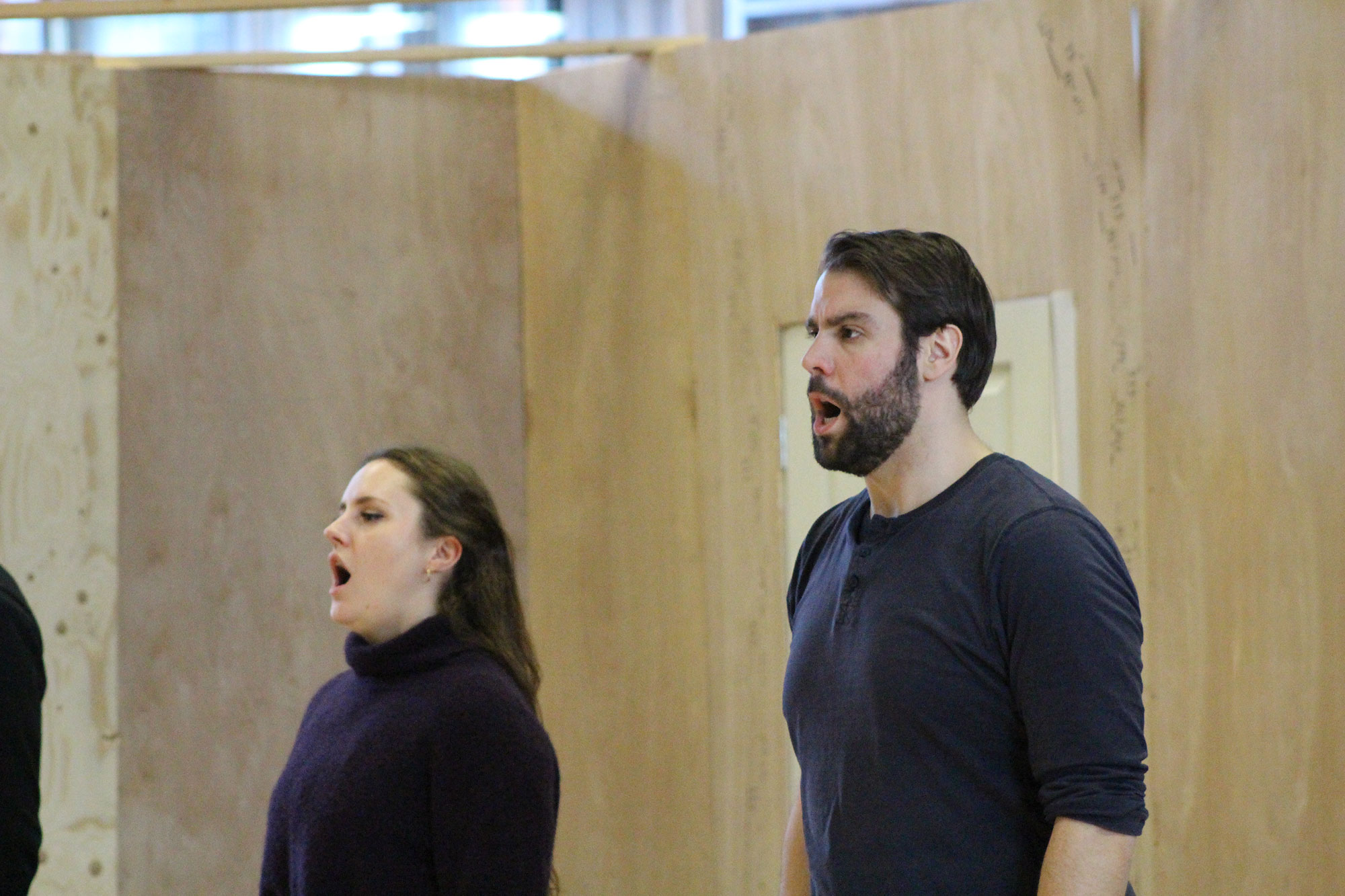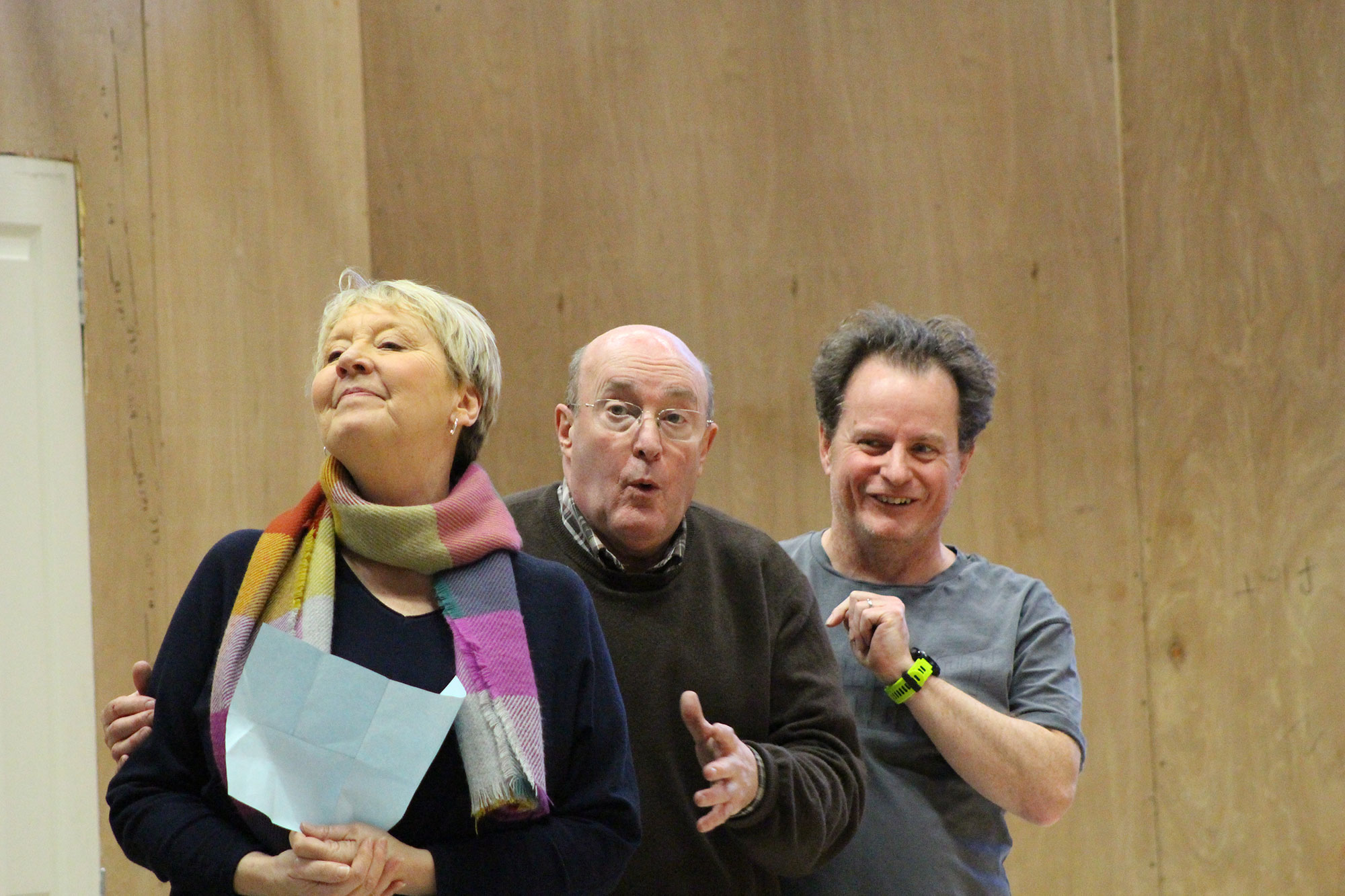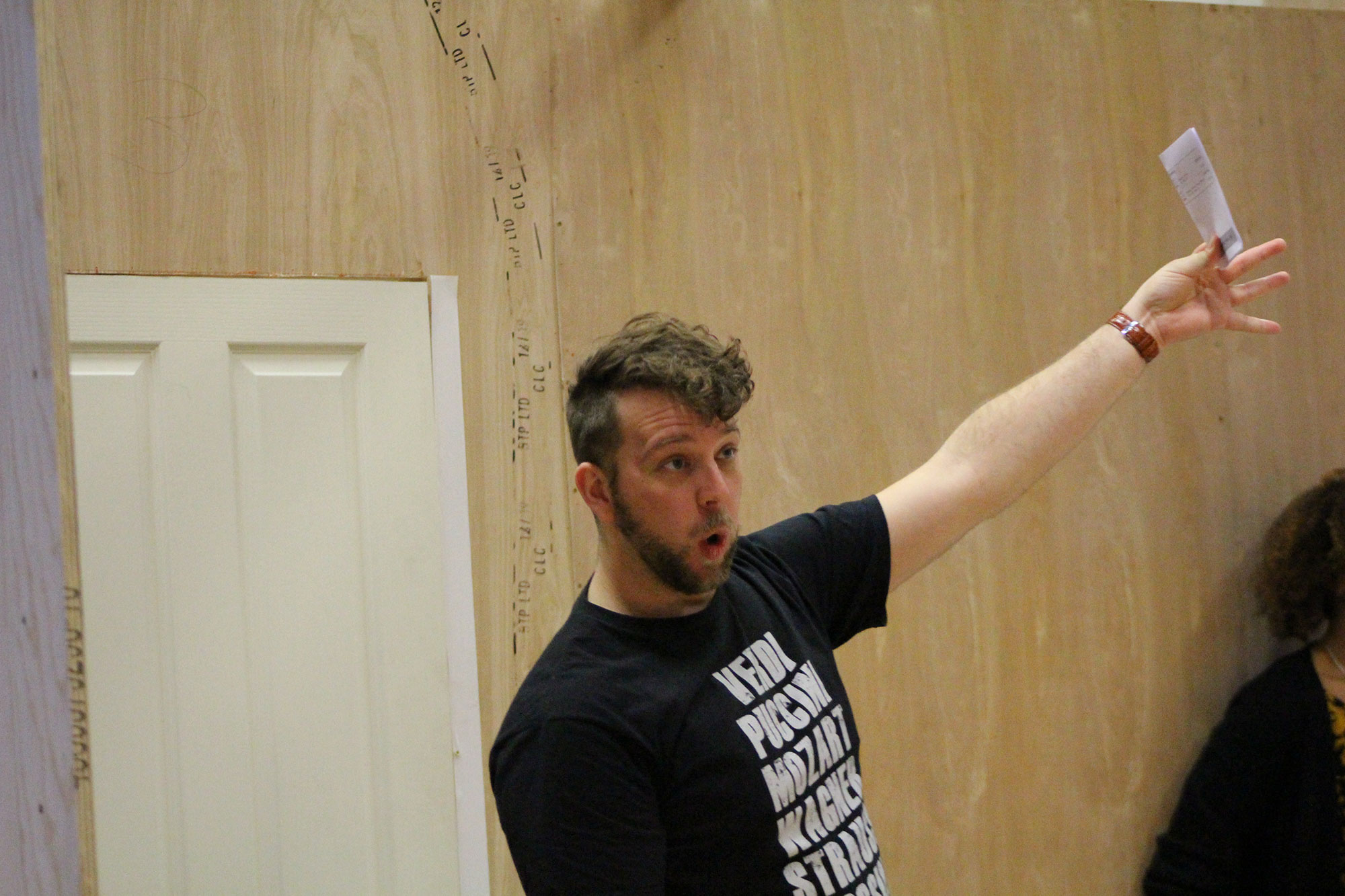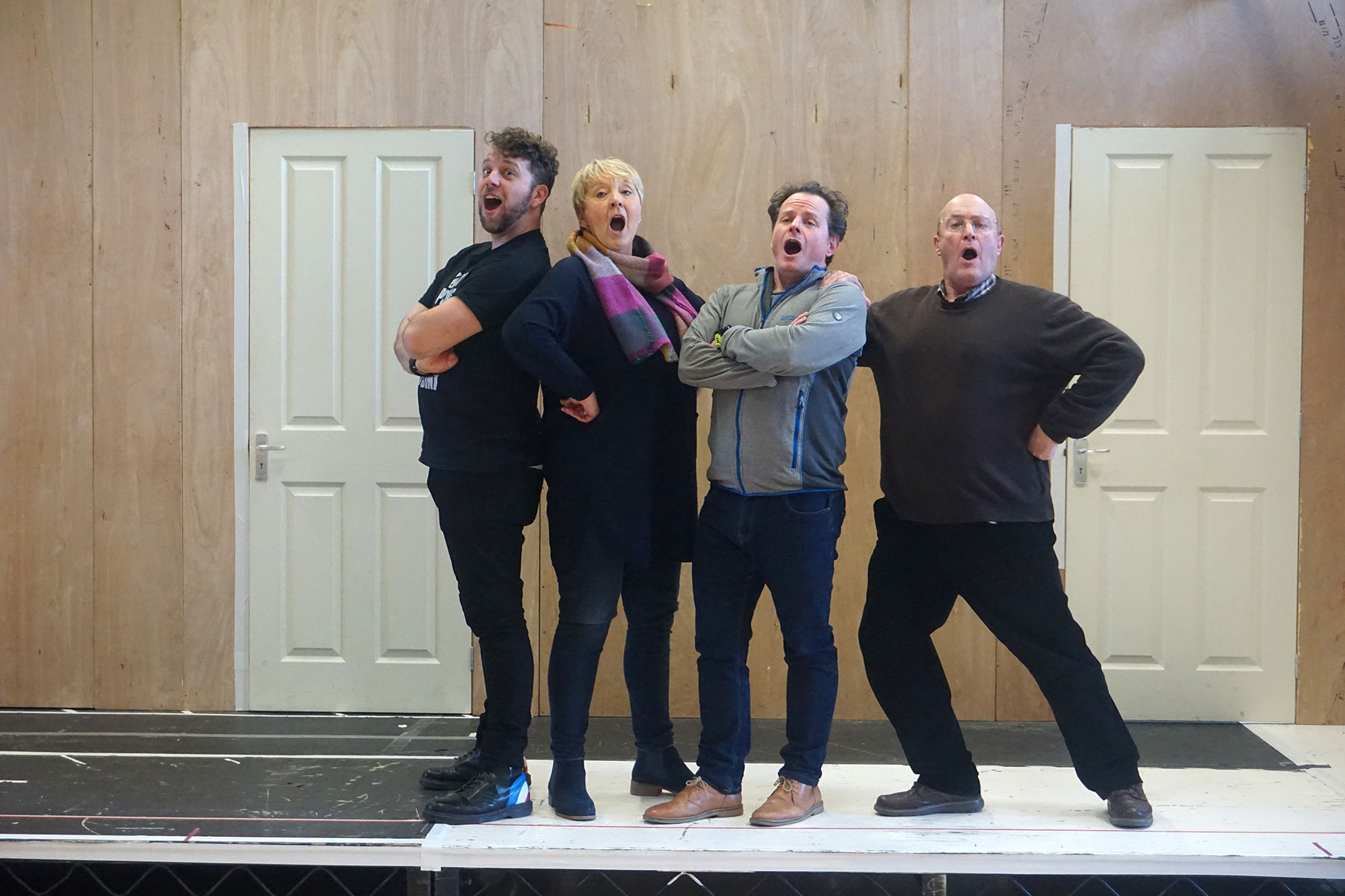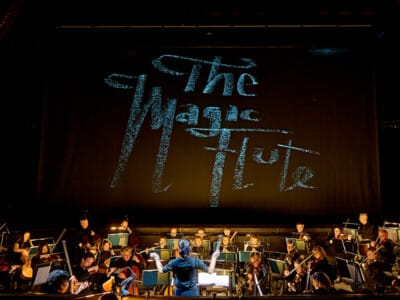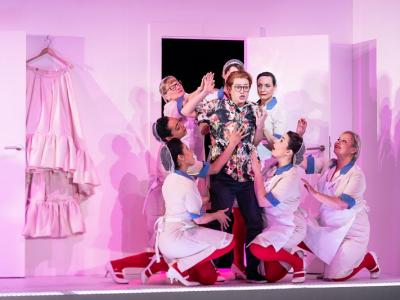An introduction to The Marriage of Figaro
Here’s everything you need to know about ENO’s latest staging of The Marriage of Figaro.
It’s an opera by Austrian composer Wolfgang Amadeus Mozart…
Composed just five-and-a-half years before his untimely death, The Marriage of Figaro (in Italian Le Nozze di Figaro) premiered at the height of Mozart’s 35-year career. Mozart based the opera on the highly controversial play, La folle journée, ou le Mariage de Figaro by Pierre Beaumarchais, which had been allowed its first public appearance only two years earlier. For this opera, Mozart enlisted the help of librettist Lorenzo Da Ponte. He also worked with Da Ponte on other well-known operas, Don Giovanni and Cosi Fan Tutte.
The opera itself shares characters with its prequel, Rossini’s The Barber of Seville (written 30 years later). Surprisingly, at the time of its Viennese premiere in 1786, The Marriage of Figaro, was only moderately successful. Although, by the third performance the encores had almost doubled its performance time.
Photo Gallery
The somewhat complex story follows the schemes of Figaro and his master, the Count, on Figaro’s wedding day. A tale of love and deception, Figaro and his wife Susanna plot against the count and his adultering ways, so that everyone can live happily ever after!
Photo Gallery
You’ve probably heard it before…
As with any opera by Mozart, The Marriage of Figaro is bursting with recognisable music. You’re probably familiar with Cherbuino’s Aria ‘Tell me what love is’ (‘voi che sapete) and the incredibly catchy ‘Here’s an end to your life as a rover’ as sung by Figaro.
Nevertheless, the most famous piece of music from the opera is the Overture. Don’t recognise it by name? You’ll recognise it from this scene in The King’s Speech as Bertie recites Hamlet’s ‘to be or not to be’ without a single stutter. Or perhaps you remember Willy Wonka opening the doors to the chocolate factory by playing a short snippet from the Overture on his mini keyboard?
Video
Remember that scene from the Shawshank Redemption? The two ladies are singing the famous ‘Sull’aria’ from The Marriage of Figaro.
It’s safe to say the music from The Marriage of Figaro is still very much alive, some 230 years later.
Video
Want to know more about opera in film? Check out our Opera in Film video.
And another few snippets of information…
- The man who wrote the libretto of The Marriage of Figaro, Lorenzo Da Ponte, lived a rather scandalous life; he was banished from Venice for 15 years for running a brothel, and, at one point, was arrested for debt no less than 30 times in 3 months, resulting in him fleeing to New York (and starting an opera company which was the predecessor of the New York Academy of Music and the Metropolitan Opera).
- The play on which The Marriage of Figaro is based on originally lasted four-and-a-half hours; Da Ponte shortened it to just three hours.
- 27 January 2018 marks Mozart’s 262nd birthday

